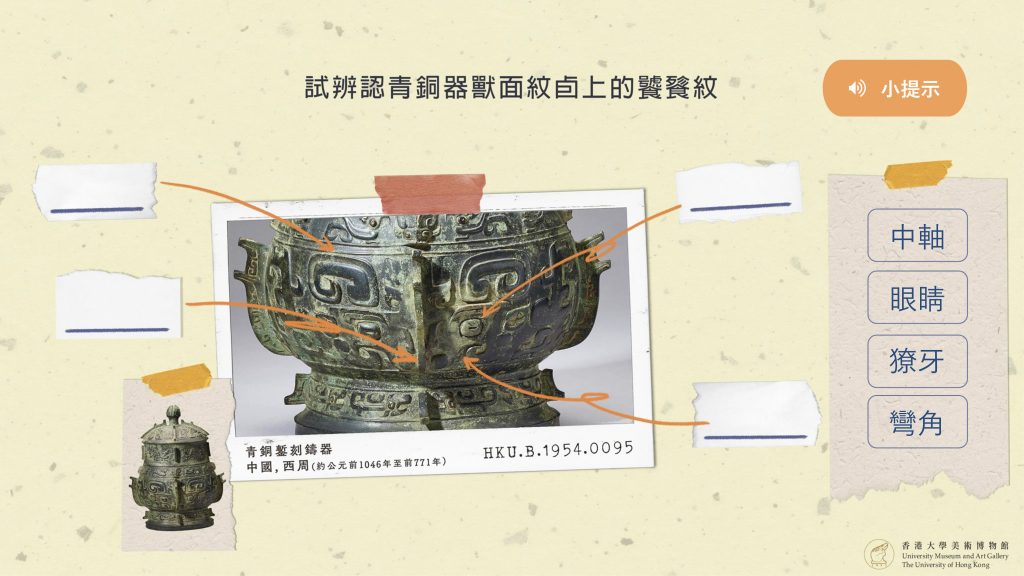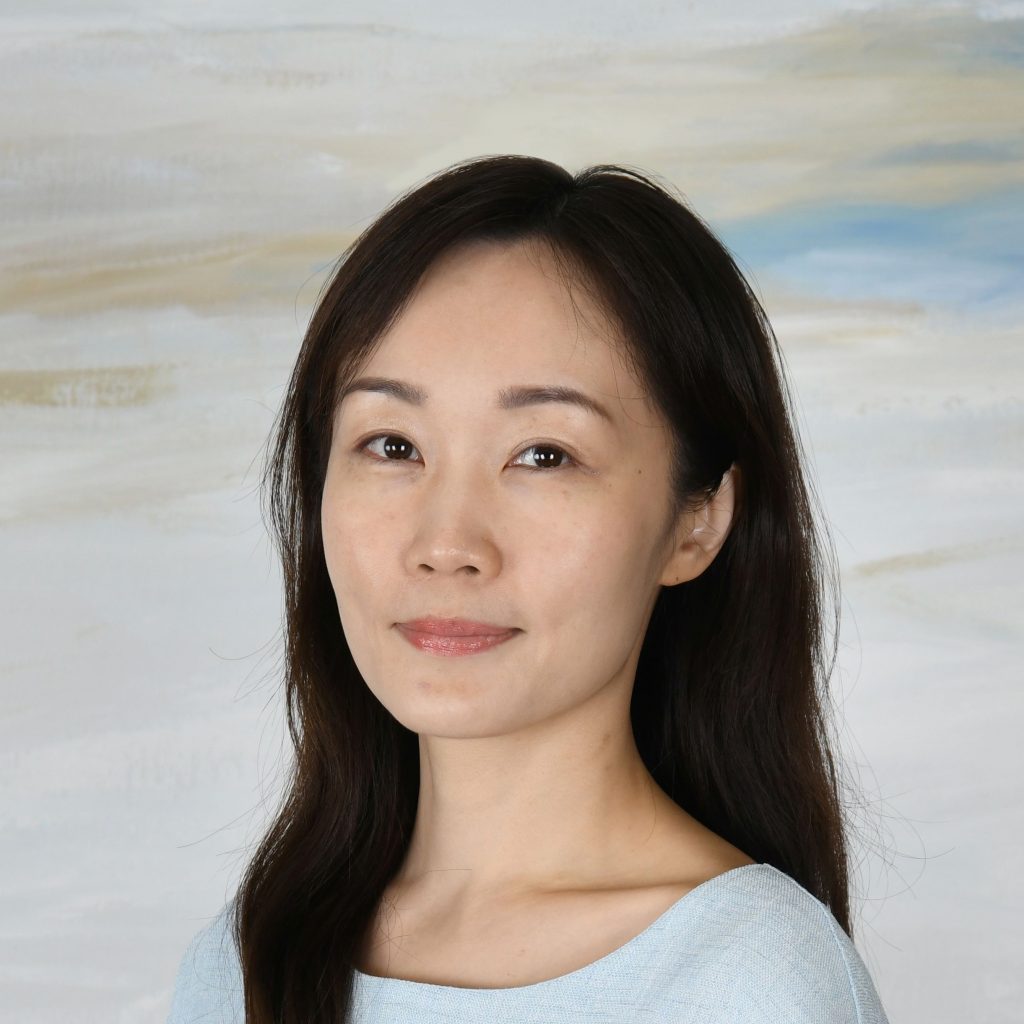November 2023 | Volume 25 No. 1
Art across the Disciplines
Listen to this article:
Art’s value is usually couched in terms of its aesthetics, but it can also be a window to understanding history, science and technology, the evolution of language and all sorts of disciplines. The problem for Hong Kong students and residents is that there have been few resources in Chinese to explore this multidisciplinary aspect of art. The University Museum and Gallery (UMAG) is hoping to change that with its new ULearning Labs, an online platform that offers opportunities to learn and have fun with art.
The project was inspired initially by the COVID-19 pandemic when it was not possible for people to visit UMAG. But it has evolved to bring the museum’s collections to light and reach new audiences, especially in schools.
“We have a wealth of knowledge and collections built up over 70 years, but we found that a lot of this information was not really getting across to primary and secondary school students. So we have revisited it and packaged it to be relevant to the school curriculum,” said the curator of education, Ms Elena Cheung, who developed ULearning Labs.
She interviewed teachers in 25 schools on their content needs in everything from visual arts to Chinese language to general studies and used that to inform the development of online activities and resources, such as quizzes, animations and galleries, on specific topics. There were then two rounds of feedback from teachers and one round from students to fine-tune the website.
Roar of the tiger
An example of how UMAG content and learning have been paired is in rubbings, which are taken to preserve rock carvings before the elements destroy them. Some rubbings can be 2,000 years old, but they are usually not very visually exciting, being only black and white. The website offers an engaging way into the topic, starting with the roar of a tiger and accompanying animation.
“We usually describe rubbings as ‘black tigers’ because it is difficult to detect whether they are real or fake,” Ms Cheung said. Information is provided on why people do rubbings and the challenges in verifying them. There are also educational videos demonstrating how to do a proper rubbing and how to write the character for ‘tiger’ in the classical way (seal script) as it has changed over the centuries.
Quizzes and animations are embedded into each course to keep students engaged, for instance by identifying and naming different kinds of bronze vessels and their uses and showing how bronzes and ceramics are made – the latter taps into chemistry, too.
“We are trying to be diverse and find cross-disciplinary elements from each object, so we choose topics where there is a story to tell, whether that is about the shape, motifs or medium of the object,” she said.

A diversified range of online activities and resources are available on ULearning Labs. The example shown here is a quiz on the taotie mask motif commonly seen on Chinese bronzes.
Virtual tours
There are also artist videos, such as one featuring Spanish artist Alberto Reguera, whose work was exhibited at UMAG in early 2023. He talked about his work and did a live performance where he extended one of his paintings from a small canvas onto a specially constructed canvas wall, accompanied by a recording of music played on the Chinese instrument zheng.
The website also features virtual tours of the gallery with a 360-degree view of the space. Visitors can click on specific items, such as a painting or vase, and get a high-resolution image and information and quizzes about the object – this is especially helpful for students and schools who are located far from the HKU campus. The hope is that they may also be inspired to visit the museum in person.
The project was supported through HKU’s Knowledge Exchange Fund and Ms Cheung has continued to collect feedback from schools on the different modules. One surprising request was to provide an English-language version for local schools (initially, it was thought a Chinese version would be sufficient). There was also a request to provide phonetic pronunciations of Chinese characters to help users learn how to say more archaic terms.
“We hope to increase accessibility to our collections and bring the museum into the school and home,” Ms Cheung said.
The general public can also access the ULearning Labs content through the stream called ‘interest’ (the ‘courses’ stream is for schools), as well as the virtual gallery, dictionary and resources pages.

The virtual tours offer a 360-degree view of the gallery space. Users can click on the exhibits to see a high-resolution image of them.
Learn more about the ULearning Labs
We have a wealth of knowledge and collections built up over 70 years, but we found that a lot of this information was not really getting across to primary and secondary school students. So we have revisited it and packaged it to be relevant to the school curriculum.

MS ELENA CHEUNG

